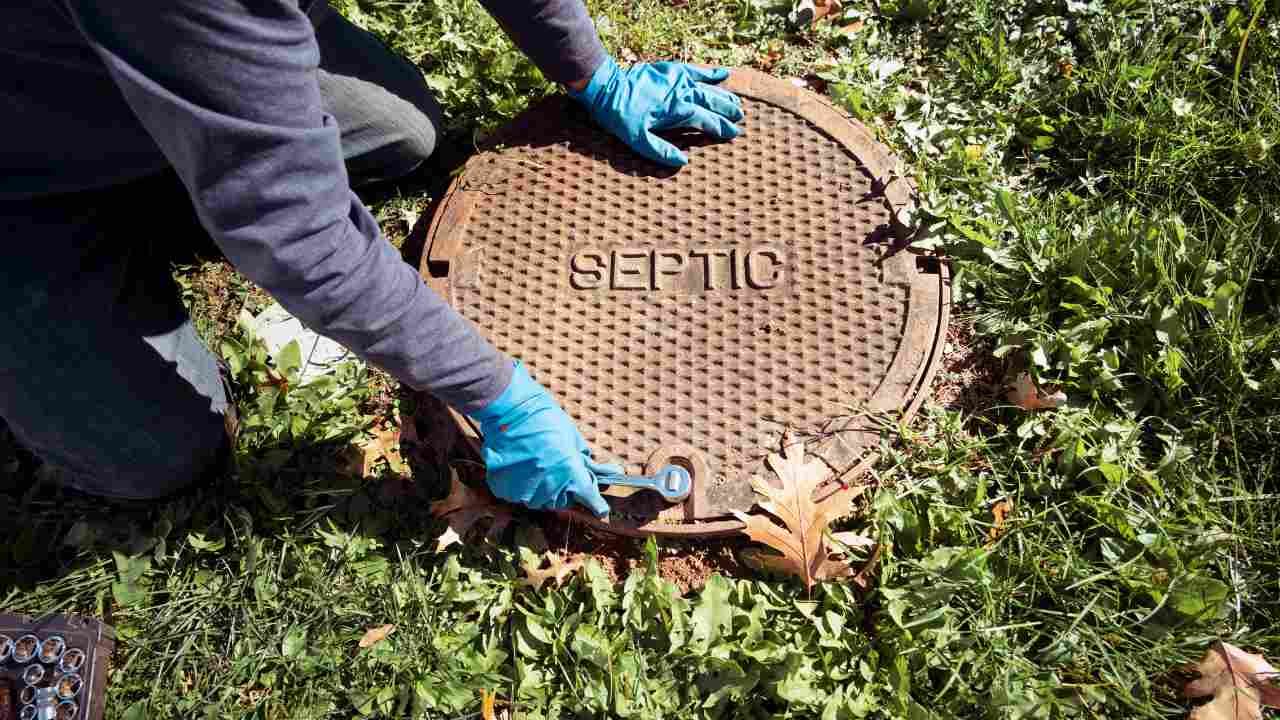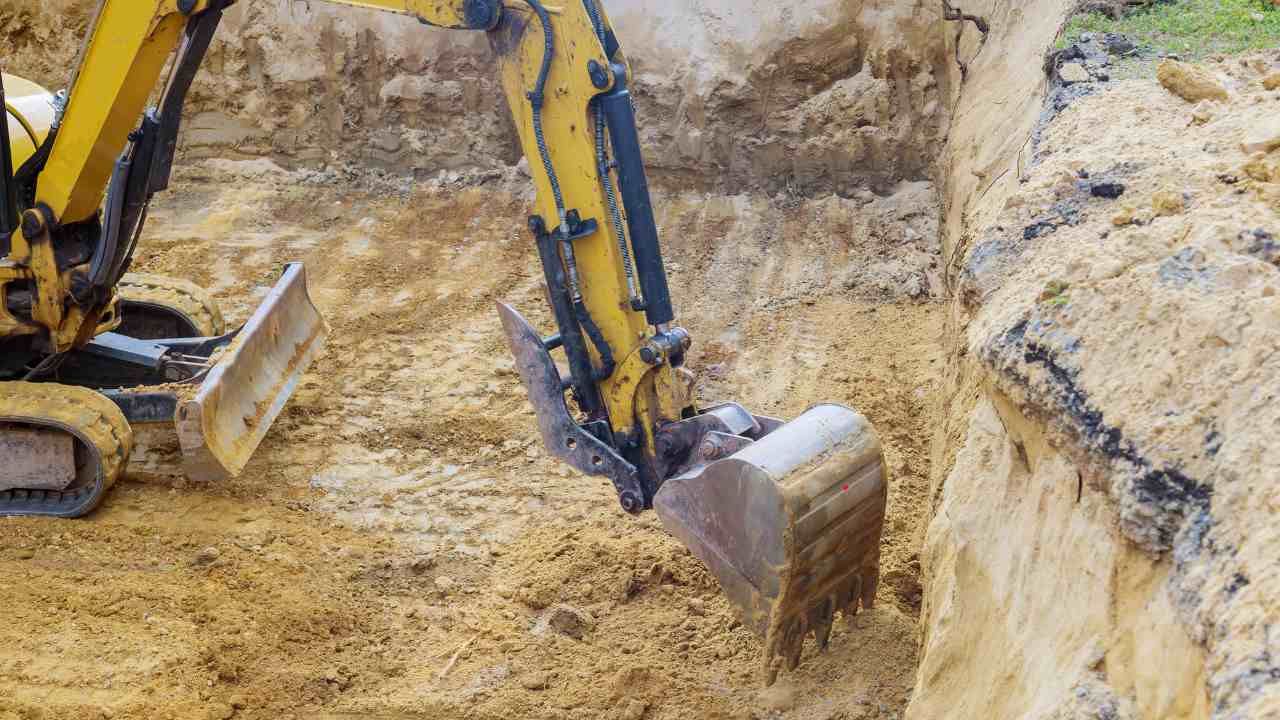Common Septic System Installation Mistakes and How to Avoid Them

A properly installed septic system is the foundation of a functional and sustainable home in areas without access to municipal sewage. Yet, many homeowners and even contractors make critical mistakes during installation that can lead to costly repairs and environmental hazards. Understanding these common pitfalls—and how to avoid them—can save you time, money, and stress.
In this post, we’ll explore the top septic system installation mistakes and provide actionable tips to ensure your system operates smoothly for years to come.
1. Choosing the Wrong Location
One of the most significant mistakes is failing to select the correct location for the septic system. Poor placement can lead to drainage problems, contamination of groundwater, or system failure. Common errors include:
- Installing the system too close to water sources or property lines
- Ignoring the natural slope and drainage patterns of the land
- Overlooking local regulations and permitting requirements
How to Avoid It: Always work with a licensed professional who understands your area’s soil conditions and legal guidelines. Proper site evaluations, including a percolation test, can help determine the best location.
2. Improper Sizing of the Septic Tank
A septic tank that’s too small for your household’s needs can quickly lead to overflow, backups, and premature wear on the system. On the other hand, a tank that’s excessively large can result in inefficient waste treatment.
How to Avoid It: Calculate the size of the tank based on the number of bedrooms in your home, expected water usage, and future needs. A qualified septic service provider will ensure the system is tailored to your household.
3. Poor Soil Preparation
The condition of the soil where the septic system is installed plays a critical role in its performance. Many installations fail because the soil isn’t adequately prepared or is unsuitable for drainage. For instance, clay-heavy soil can lead to pooling and slow absorption, while sandy soil may drain too quickly to filter waste effectively.
How to Avoid It: Conduct a soil test before installation to evaluate its drainage capacity and suitability for a septic system. If necessary, modify or amend the soil to ensure proper filtration and absorption.
4. Skipping Drainfield Maintenance Planning
The drainfield (or leach field) is where treated wastewater is dispersed into the ground. Mistakes like planting trees too close, heavy vehicle traffic over the area, or poor layout design can compromise its functionality.
How to Avoid It: Design your drainfield with care, ensuring it’s free from heavy loads, tree roots, and excess water runoff. Regular maintenance, including inspections and pumping, can keep your system running efficiently.
5. Hiring Unqualified Contractors
Septic system installation is a highly specialized task that requires expertise and adherence to local codes. Unfortunately, hiring an inexperienced or unlicensed contractor can lead to subpar workmanship, violations, and costly repairs down the line.
How to Avoid It: Always research and hire a reputable company with proven experience in septic system installations. For those in the service area, Groundscapes Inc. is a trusted name known for its attention to detail and professional service. Whether you need a new installation or septic service Spencer MA, working with experts ensures a long-lasting system.
6. Neglecting Regular Maintenance After Installation
Even the best-installed septic system requires regular maintenance to function properly. Many homeowners mistakenly assume that once the system is installed, they can forget about it. This leads to clogs, backups, and potential system failure.
How to Avoid It: Schedule routine pumping and inspections, typically every 3-5 years, depending on your system size and household usage. Keep accurate records of maintenance activities to stay on top of your system’s health.
A Healthy Septic System Starts with Smart Choices
Avoiding these common mistakes during septic system installation can make a world of difference in the system’s longevity and efficiency. From proper site selection and sizing to hiring qualified professionals and planning for future maintenance, every step matters.
If you’re planning a septic system installation or need professional guidance, reach out to Groundscapes Inc. Our team ensures every project is completed to the highest standards, keeping your home and the environment safe.




